Best drought tolerant plants: 14 varieties that will survive a very dry spell
Drought tolerant plants like sea holly, lavender and Californian poppy will see that you enjoy a cool and colorful floral display, even during a heatwave. They save on water and are great for wildlife in south-facing gardens
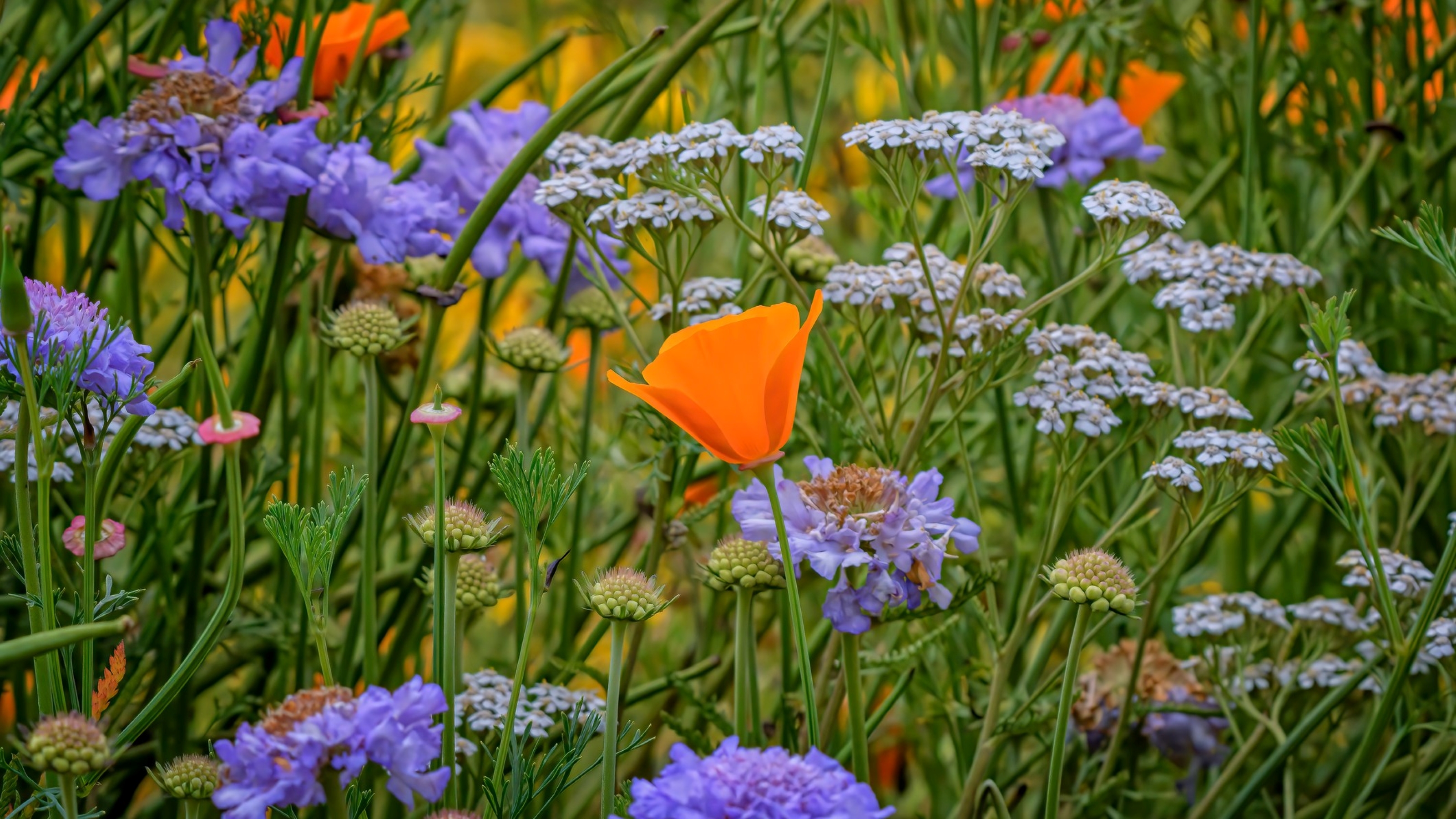
The best drought-tolerant plants will take the guesswork out of planting up your backyard if you live in a climate where it doesn't rain much during the summer. Different plants have different tolerance levels for dry spells and some will easily do fine for weeks without water, while others will start wilting after only a few days. Knowing what to plant in a drought-prone backyard is key to enjoying an outdoor space that still thrives even during intense heat.
Many of these are naturally full sun plants, and the best part is that you won't have to worry so much about watering them; plus, at the most they may need – like most plants – some light pruning with good secateurs. Needless to say, creating a drought-tolerant planting scheme is also great for wildlife and for water conservation so they make no-brainer additions to every modern outdoor space.
The best drought tolerant plants
Introducing drought-tolerant plants to your backyard can start with selecting a few species to begin with. Karen Musgrave, a gardening expert from Hicks Nurseries, recommends sedum, which is 'drought tolerant and looks great in garden beds, along sunny walkways and in planters. There are several types from tall, upright varieties down to low-growing groundcovers. A perennial, sedum comes back every year and requires very little maintenance.'
Next, as part of updating your garden ideas, consider introducing a few flowering varieties such as coneflower - 'the perfect option for a sunny garden and requires little maintenance once established' - and yarrow, 'a great option for hot, dry gardens. It has flat-topped flowers that bloom late spring to late summer and is a known favorite of butterflies.'
1. Russian sage

This gorgeous variety of sage grows tall and is full of silvery purple flowers in late summer. The perennial makes a great addition to tall borders and dies back during winter. A low-maintenance plant for the ages.
Maintenance: Cut back in March to promote a bushier growth; mulch after pruning.
Soil type: Well-drained, poor to moderately fertile.
Where to plant: Full sun.
2. Geranium sanguineum var. striatum

This variety of native geranium is a drought tolerant plant, like many native geranium species. The pretty veined flowers add plenty of interest to borders or rock gardens.
Maintenance: Deadhead regularly to prolong its flowering period.
Soil type: Fertile, well-drained soil.
Where to plant: In full sun or partial shade.
3. Sea holly
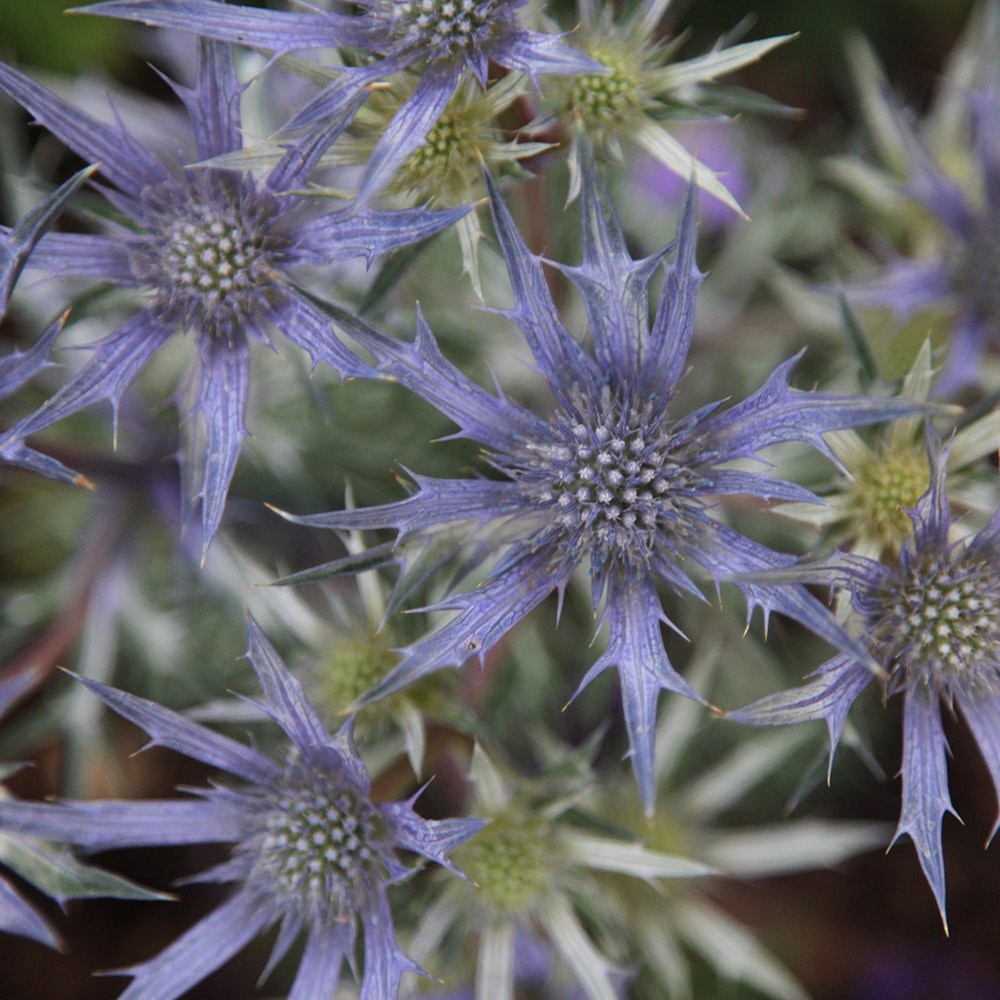
Sea holly is a wonderful drought-tolerant purple plant for adding texture to your planting scheme; its spiky blooms are distinctive and bold. Flowers in July and August. Highly attractive to bees.
Maintenance: Lift and divide large colonies in spring.
Soil type: Dry, well-drained, poor to moderately fertile soil.
Where to plant: Full sun.
4. Gaura
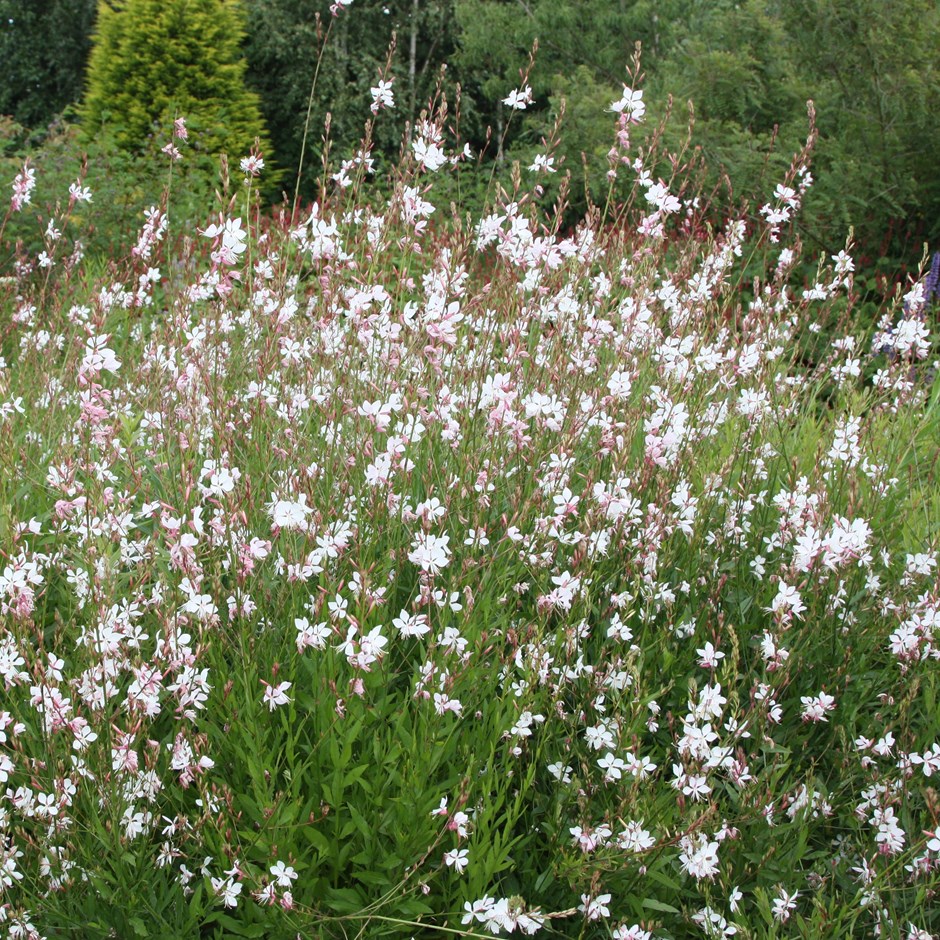
This delightfully delicate drought tolerant perennial has slender, wispy stems, with a haze of white flowers appearing every May through to September. A great addition to natural-looking garden planting schemes.
Maintenance: Cut back and lift and divide large colonies in spring.
Soil type: Fertile, well-drained soil.
Where to plant: Full sun.
5. Sedum
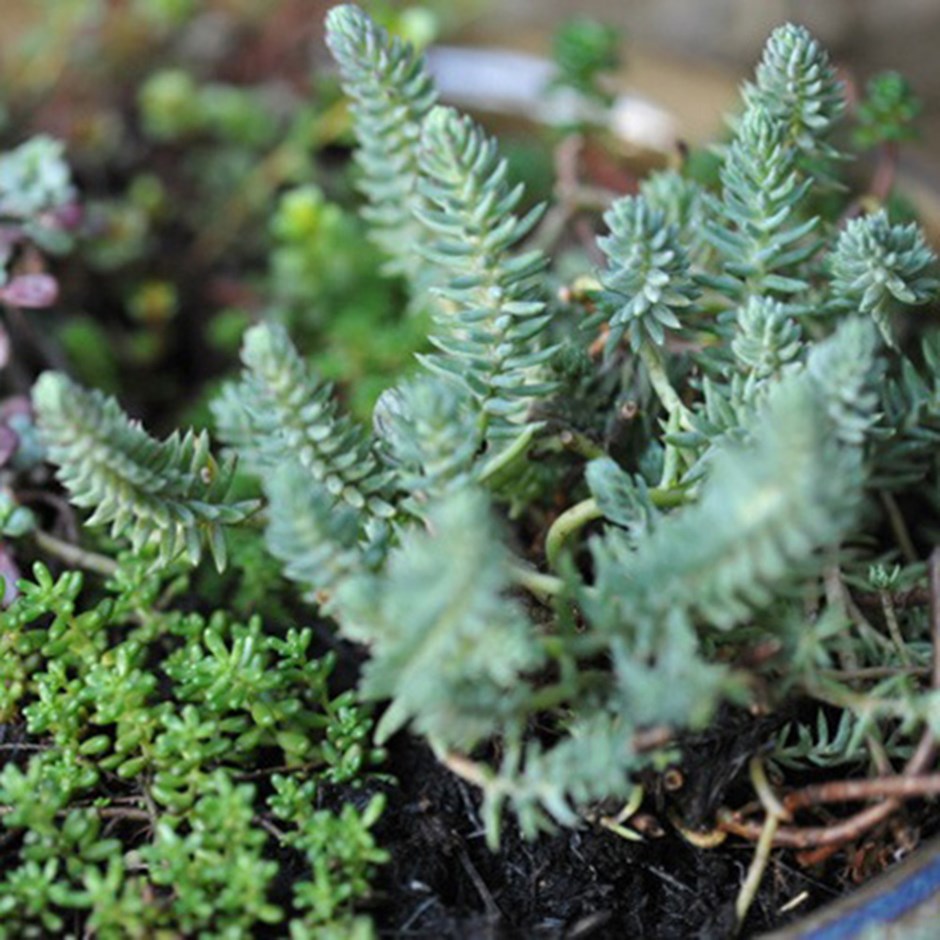
Sedum are fascinating plants with fleshy leaves and a variety of shapes and textures. They make excellent container and window box plants, and don't need much care. Perfect as a container gardening choice as they don't need much room for their roots.
Maintenance: Avoid overwatering, especially during active growth in spring.
Soil type: Moderately fertile, well-drained, neutral to slightly alkaline soil.
Where to plant: Full sun.
6. Dierama
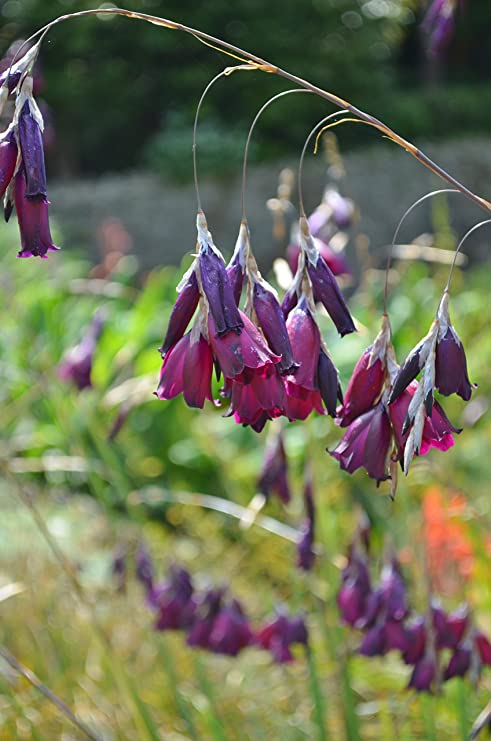
This graceful, wispy plant, commonly known as 'Angel's Fishing Rod', is surprisingly resilient. The stems are slender but tough, making them suitable for windy spots. Once established, this plant does well with little water. Flowers throughout summer.
Maintenance: Water well while growing.
Soil type: Humus-rich, well-drained soil.
Where to plant: Full sun.
7. Rosemary
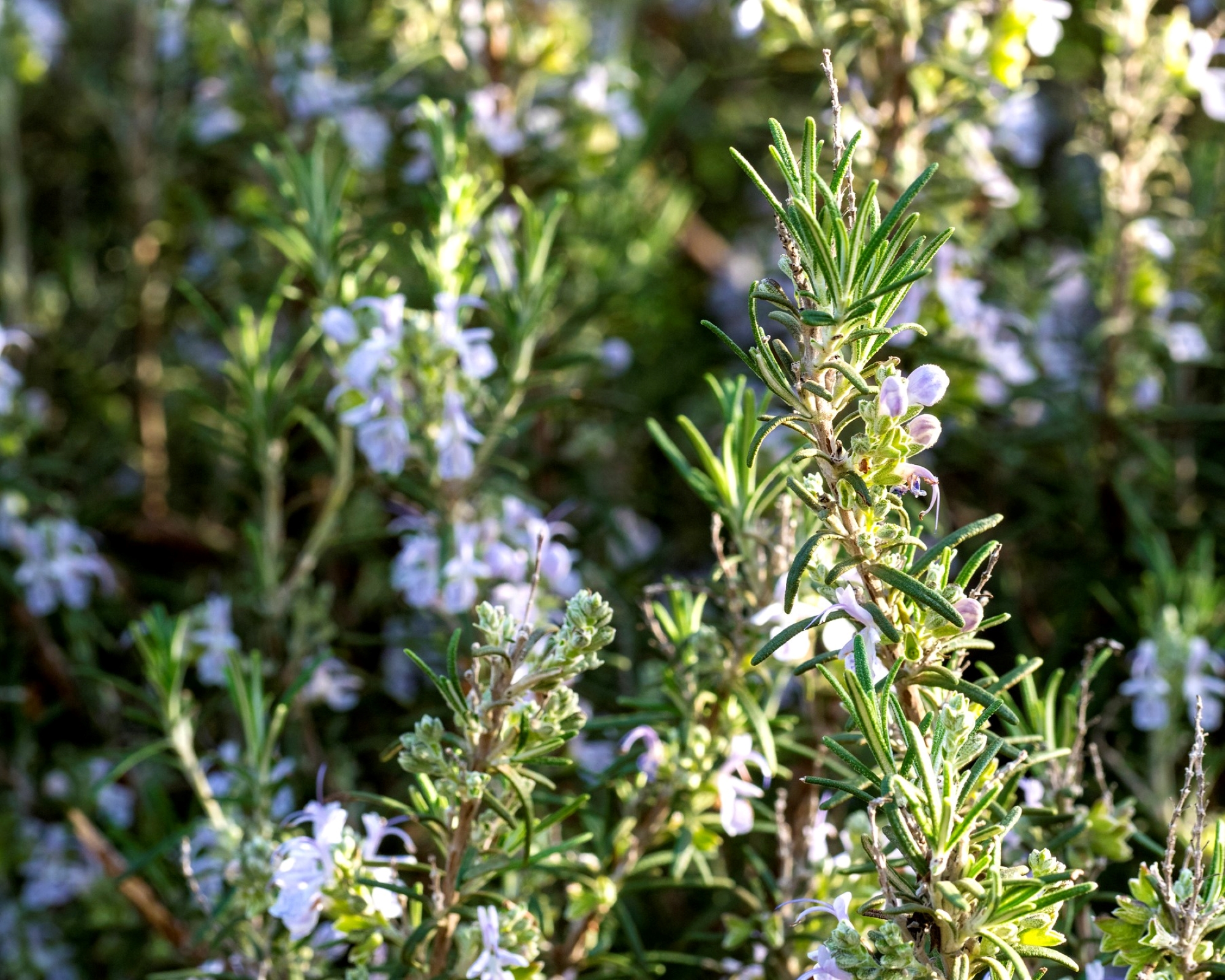
A gardeners' favorite for millennia, rosemary is an unfussy, useful perennial that is bee-friendly, pet friendly, and one of the best plants for health. And it will happily go without water for a long while during the summer. Some varieties can handle over a month without water.
Maintenance: Cut back when finished flowering; prune gently with good secateurs in spring, avoiding cutting into old growth.
Soil type: Moderately fertile, well-drained soil.
Where to plant: Full sun.
8. Californian poppy
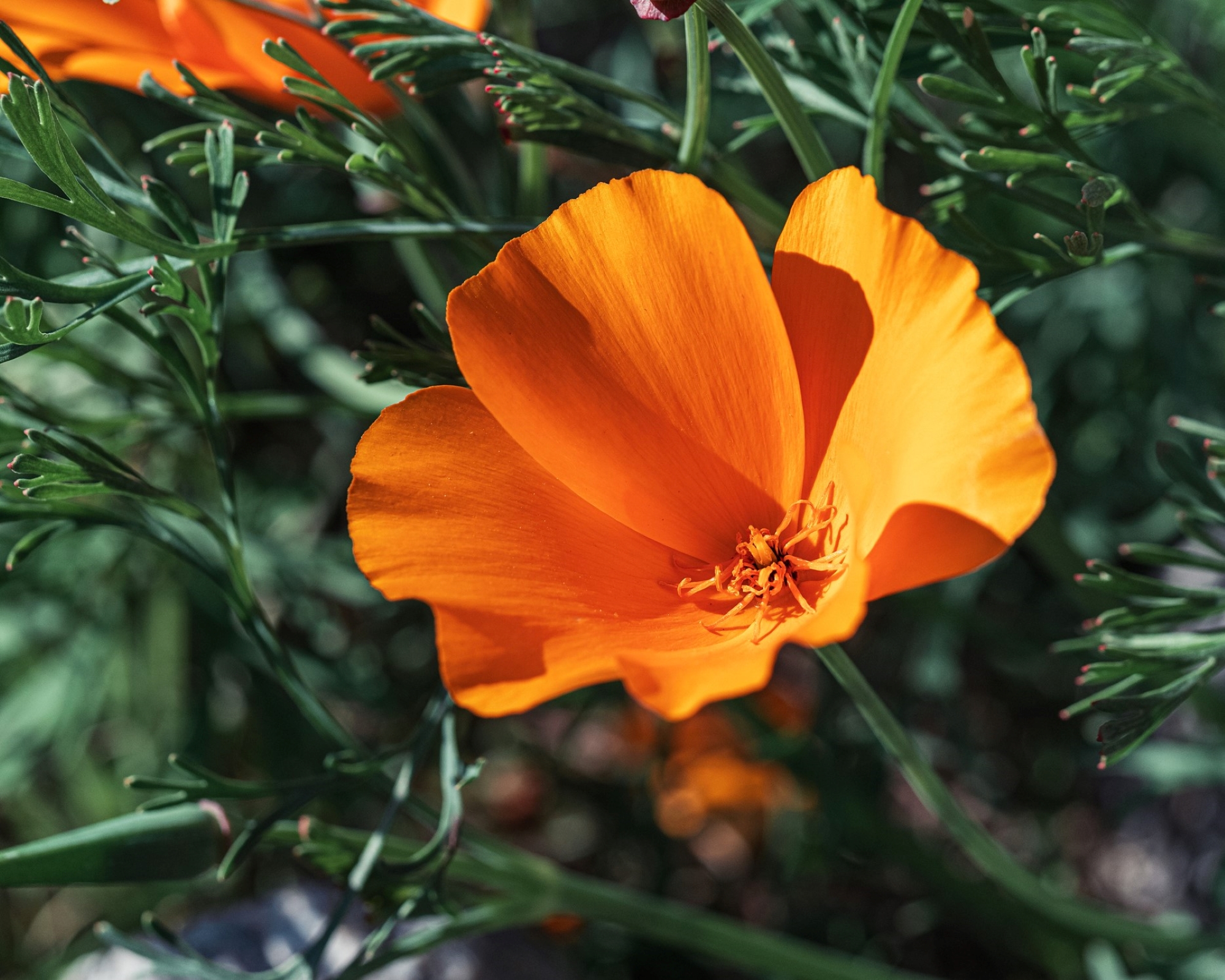
A full sun plant that, as its name suggests, originate from California, this poppy can handle long spells without rain during summer, provided it got some rain during spring.
Maintenance: Sow after all risk of frost has passed, and thin seedlings to eight inches apart.
Soil type: Sandry, well-draining soil
Where to plant: Anywhere in full sun
9. Verbena
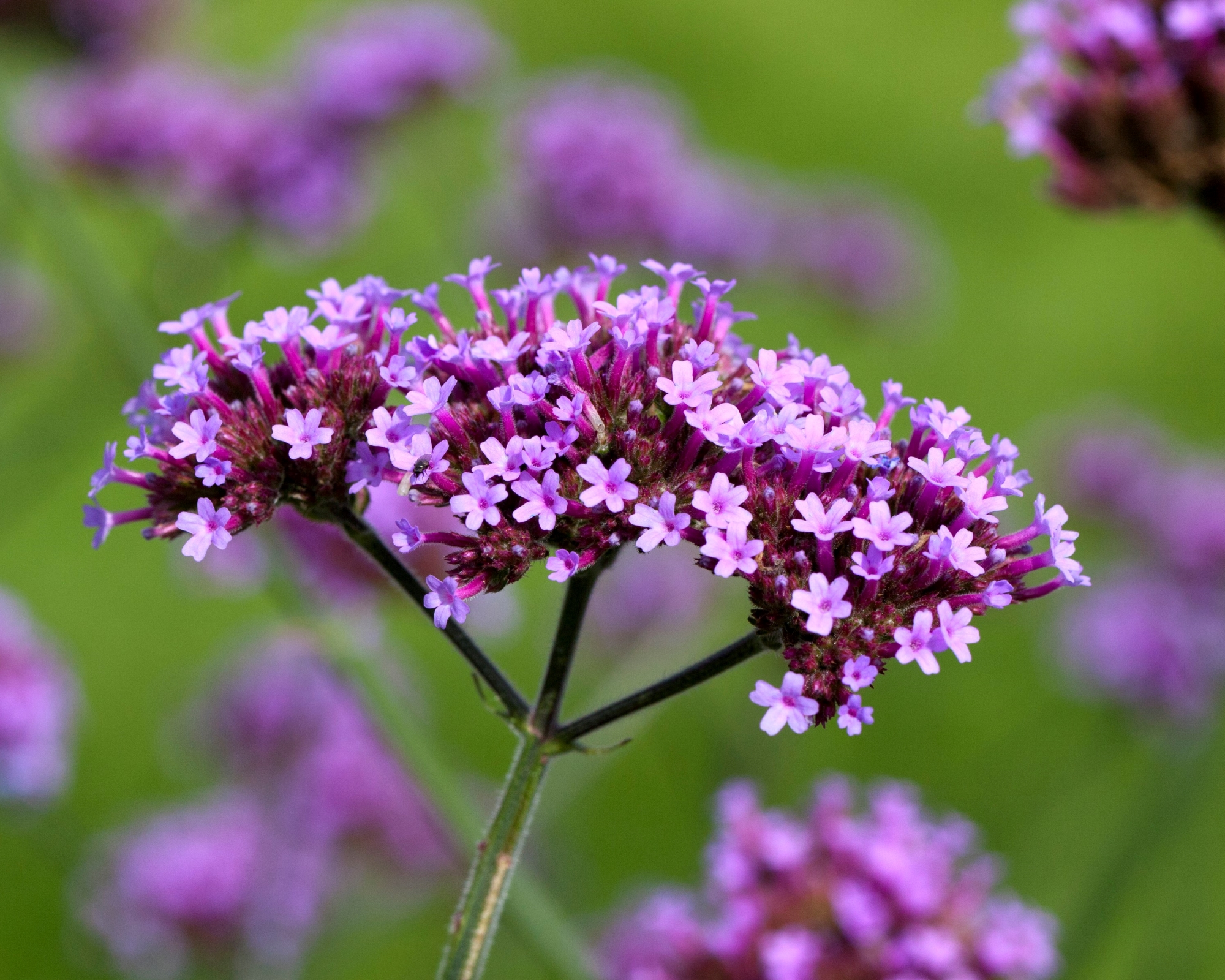
Verbena is a useful plant because of its long flowering season. It will reward you with its blooms between May and October, with very little care needed.
Maintenance: Deadhead regularly to prolong flowering
Soil type: Any well-draining soil
Where to plant: Full sun, sheltered position
10. Yarrow
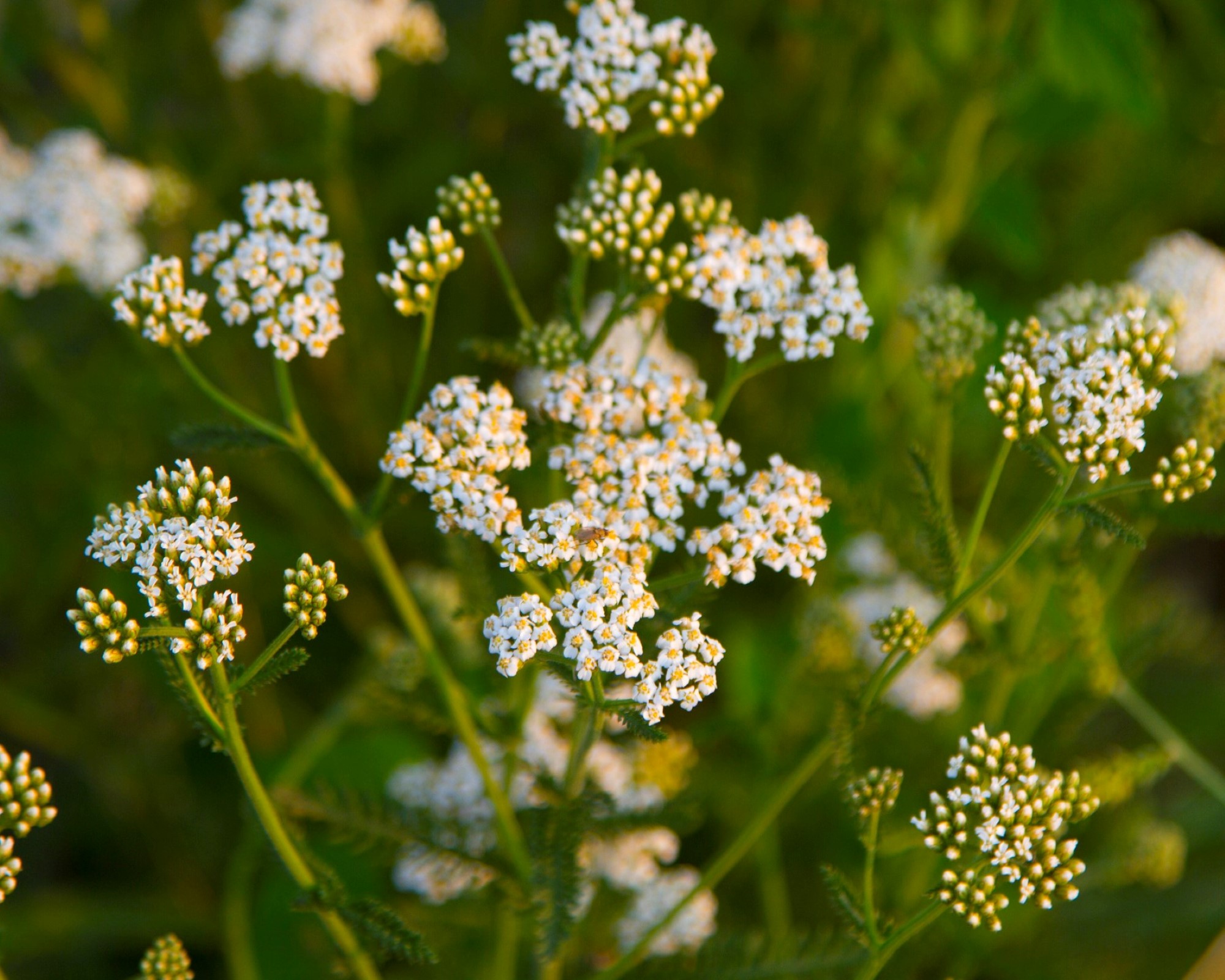
Humble yarrow should be on any gardener's radar. Comes in a variety of colors and blooms between June to September. Works great as a wildlife garden plant or in a rural setting.
Maintenance: Dead-head regularly to prolong flowering
Soil type: Well draining soil that doesn't get waterlogged
Where to plant: Full sun or partial shade
11. Lavender
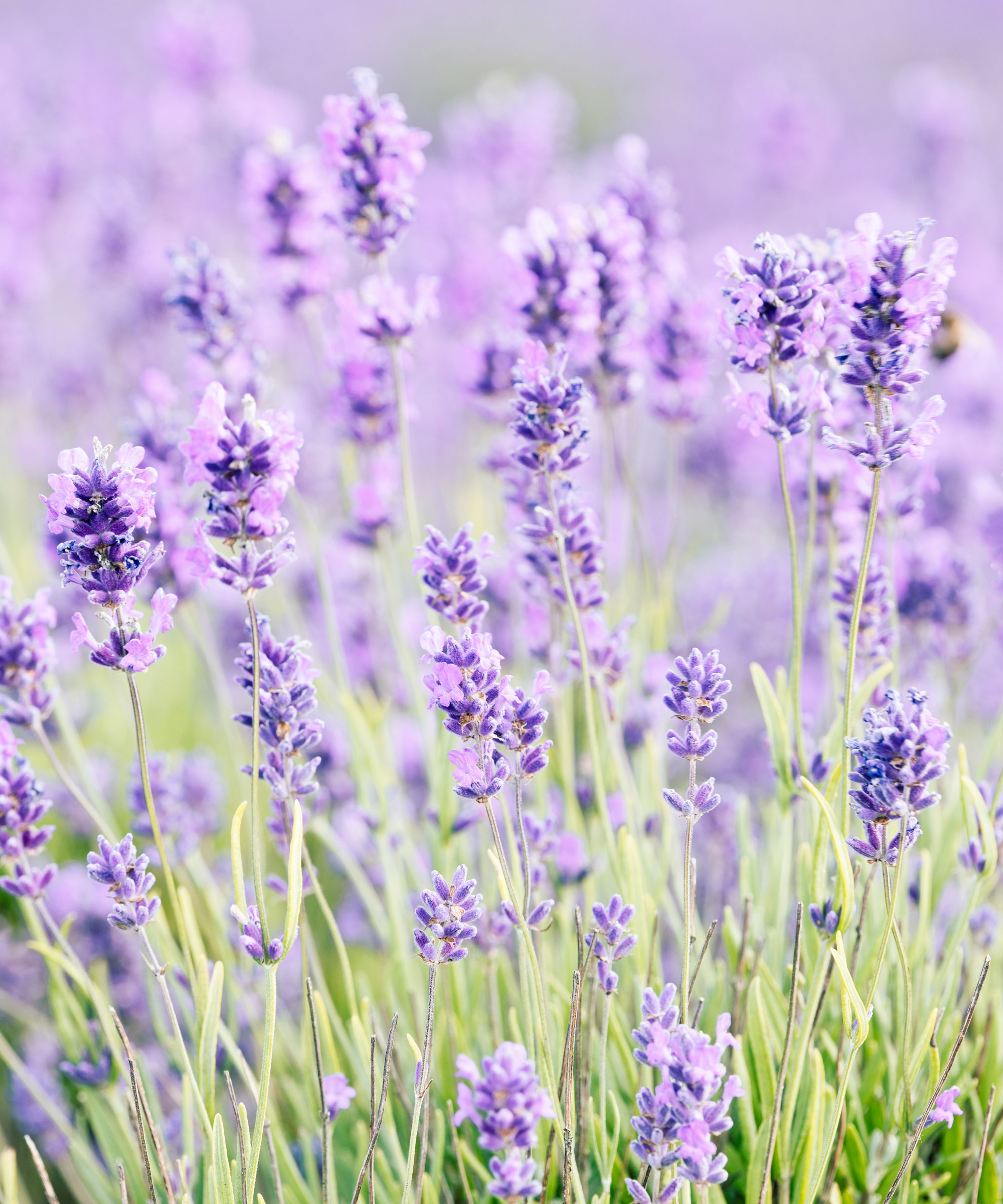
Lavender is another herbaceous perennial that, like rosemary, is drought-tolerant. It perhaps won't last quite as long without water, but it relishes full sun and hot temperatures. Also an excellent plant for garden borders in a traditional backyard scheme.
Maintenance: If you're growing lavender, note that it has to be pruned every late summer right after it's finished blooming for the year
Soil type: Lavender prefers poor soil
Where to plant: Full sun
12. Coneflower
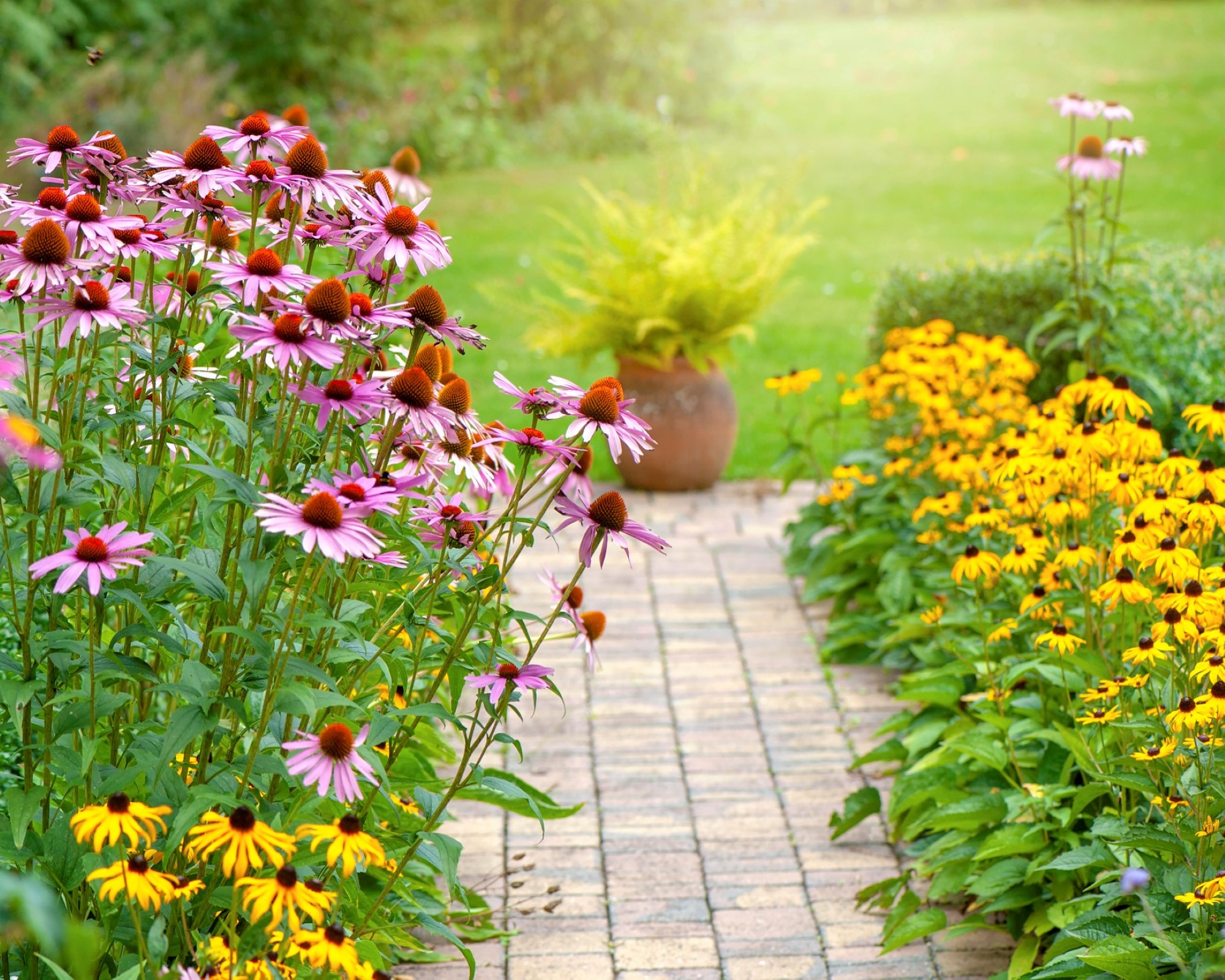
Coneflower or echinaea is a very easy flower to grow with a daisy shape that comes in several colors, including purple, pink, an yellow. Echinacea is also a medicinal plant well-known for its immune-boosting properties. The flowers can be dried and infused with hot water as a tea.
Maintenance: Divide plants into clumps of three to prevent congestion; in the first year, while echinaceas are getting established and keep the soil moist.
Soil type: Sandy, loam, or chalk
Where to plant: Full sun or partial shade
14. Lantana
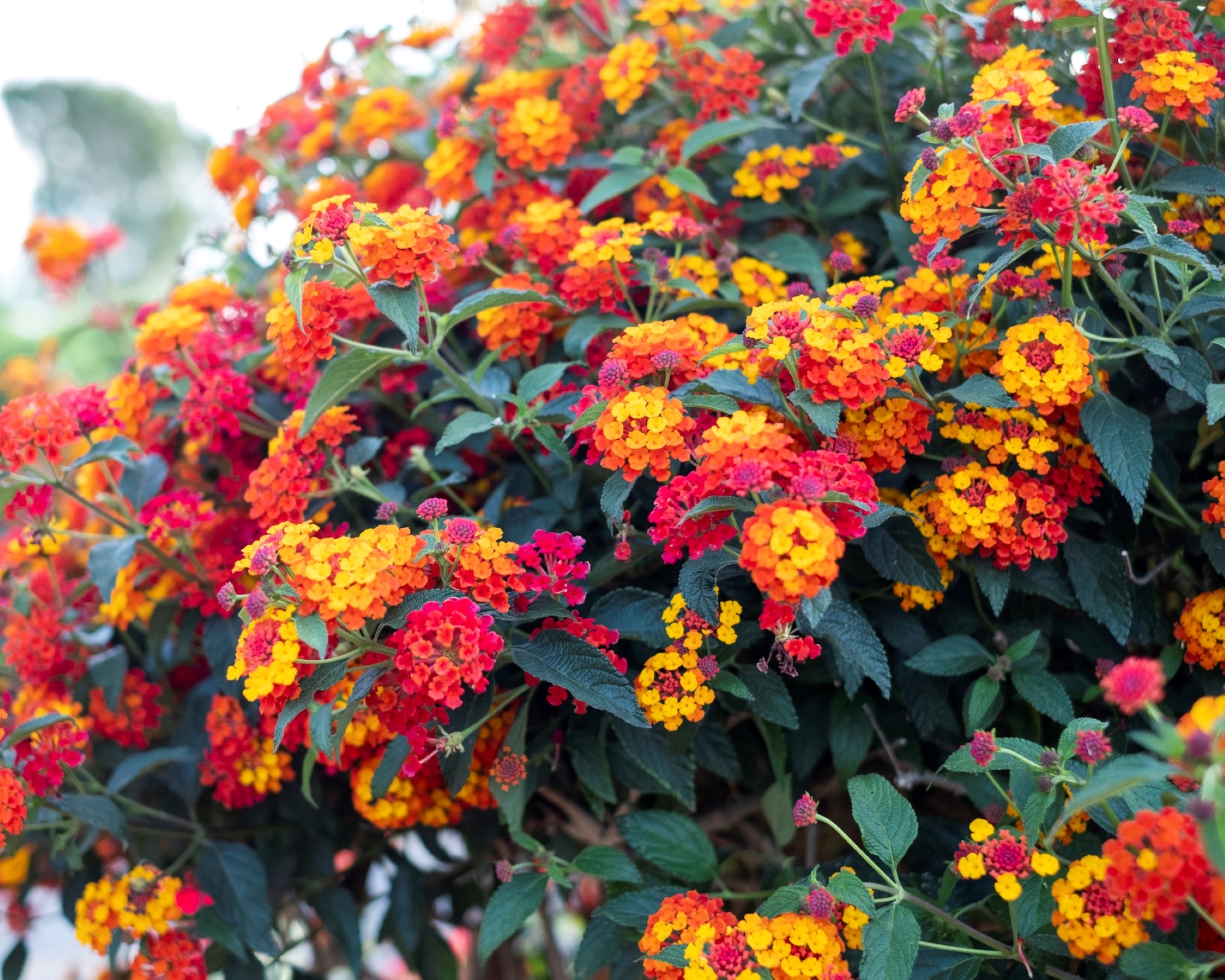
Lantana originates in tropical and subtropical regions and has pretty clusters of orange, red, and yellow flowers. In frost-free climates, lantana is a perennial that comes back year after year. Lantana can be grown in borders or containers.
Maintenance: Lantanas need to be pruned every spring or they'll become woody.
Soil type: Most soil types, but prefers acidic soil
Where to plant: Full sun or partial shade
Are succulents drought-tolerant?
Yes. Sedum, is a succulent and most other varieties of succulents are drought resistant as they store water in their leaves. The same goes for cacti; both types of plants are highly suitable for xeriscaping and desert climates where these plants come from.
What plant requires the least amount of water?
If you want to try just one plant from our list, make it the Californian poppy. This tough plant will go many, many weeks without any watering whatsoever and still look colorful and will not wilt.
Get small space home decor ideas, celeb inspiration, DIY tips and more, straight to your inbox!
Anna is a professional writer with many years of experience. She has a passion for contemporary home decor and gardening. She covers a range of topics, from practical advice to interior and garden design.